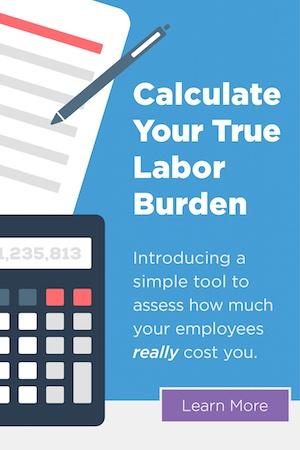During hot summer months Workers’ Compensation claims spike with heat-related injuries, accidents, and deaths. In fact, the National Oceanic and Atmospheric Administration (NOAA) reports heat-related deaths outnumber flood-, tornado-, and cold-related deaths on average for the past 30 years.

The NOAA and Center for Disease Control (CDC), along with other domestic and international partners have created the National Integrated Heat Health Information System (NIHHIS) to combat heat-related health impacts.
Outdoor workers are among the groups highly at-risk for heat injuries. Knowing when “uncomfortable” heat conditions cross the line to “unhealthy” heat conditions is the responsibility of every employer to keep their workplace safe.
Outdoor workers may be generally in good physical health, but extreme heat can rapidly impact abilities. The NIHHIS outlines several factors which can increase the risk of heat illness:
- High temperature and humidity
- Direct sunlight
- Limited air movement (no breeze)
- Moderate to heavy exertion
- Heavy personal protective equipment (PPE)
- Dehydration
- Some medications
- Other heat sources such as exhaust, ovens, furnaces, etc.
The CDC’s National Institute for Occupational Safety and Health (NIOSH) has developed many resources pertaining to heat illness including Criteria for a Recommended Standard: Occupational Exposure to Heat and Hot Environments, a detailed report designed for the safety professional. Employers will benefit from the simple Infographic, Protect Your Workers from Heat Stress. With images and common language, the infographic encourages:
- An acclimatization plan
- A buddy system
- Frequent rest breaks
- Appropriate clothing
- Hydration
OSHA and NIOSH offer information for both supervisors and workers to recognize signs of heat illness and learn how to prevent it. OSHA’s Heat Health site offers a free smartphone app to help people monitor their heat risk. The OSHA-NIOSH InfoSheet educates supervisors on factors that increase risk to workers and explains the health problems and prevention of heat stress.
Combat the dangers of heat stress with education, a well-executed plan, and tools like the smartphone app and other resources to keep productivity high, and accident and injury in hot work environments low.
Learn more about heat stress at our webinar: Keep It Cool–Avoid Heat Stress, August 7, 2018, 11:00 a.m. CDT Register Today!


